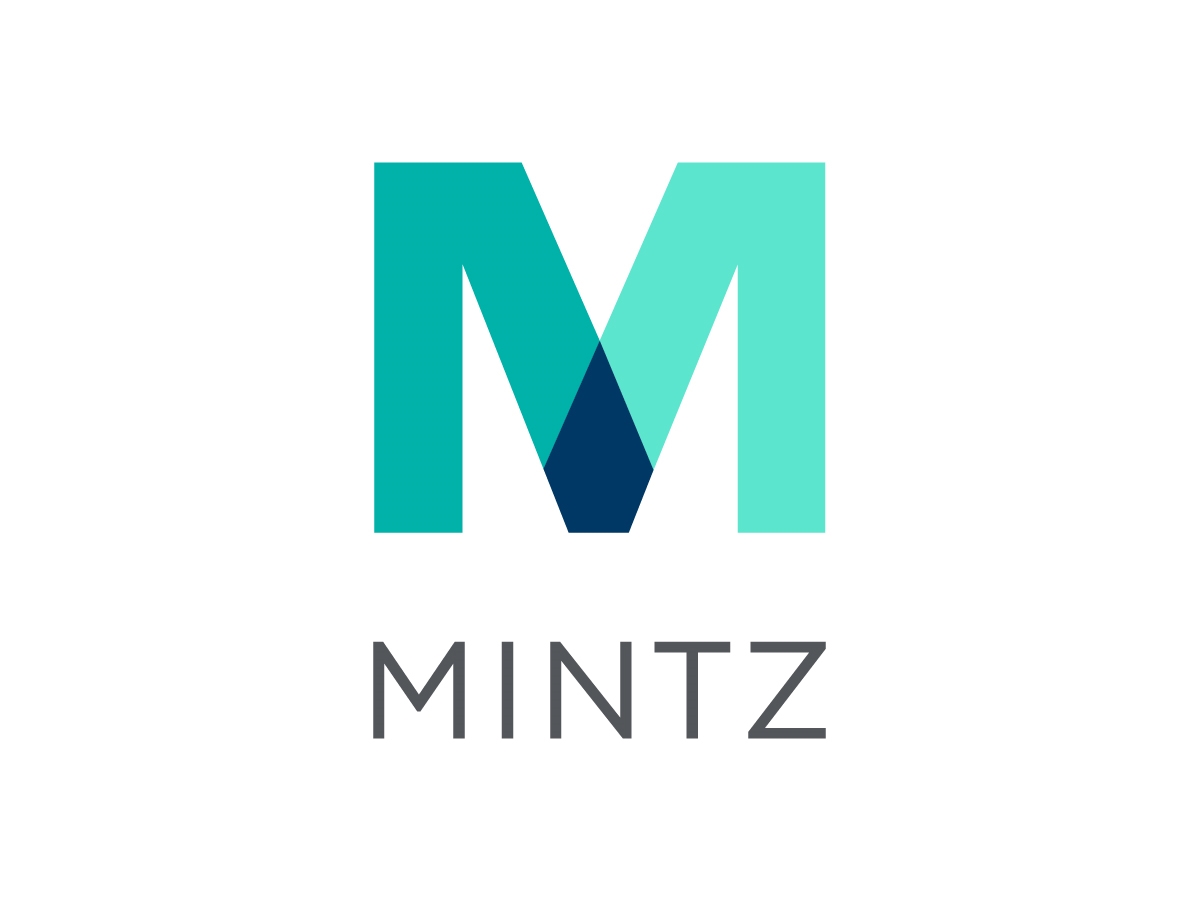The Inflation Reduction Act’s First Potential Impact on Biosimilars | Axinn, Veltrop & Harkrider LLP
On October 31, 2023, FDA approved Amgen’s Wezlana (ustekinumab-auub) as a biosimilar to and interchangeable with Janssen’s Stelara (ustekinumab). Stelara has been selected by the Center for Medicare & Medicaid Services (“CMS”) as one of the first 10 drugs subject to the Inflation Reduction Act’s (“IRA’s”) price negotiations. Because of price caps that the IRA will impose on Stelara, Wezlana will face a different competitive landscape than the six interchangeables for other drugs approved to date. Wezlana’s example calls into question whether the IRA will disincentivize the development of biosimilars for the most popular biologics at a time when more biosimilars are critical to reducing healthcare costs.
Congress passed the IRA intending to “lower prices for certain high-priced single source drugs.” Pub. L. No. 117-169 at § 11001. Under the IRA, Stelara is an “extended-monopoly” drug subject to a negotiated maximum fair price (“MFP”) capped at 65% of the average manufacturer’s price (“AMP”). See Pub. L. No. 117-169 at § 1194(c)(3)(B). Because Wezlana is not expected to launch until January 1, 2025, Stelara is likely to remain an IRA-selected drug through 2026 before being delisted in 2027. The MFP imposed on Stelara during this time period will impact Wezlana’s profitability. Amgen presumably will offer Wezlana at a discount relative to Stelara. But in order to undercut Stelara’s MFP-capped price, Amgen will have to price Wezlana substantially lower than it would have if CMS had not selected Stelara.
Consumers likely will benefit in the short term from the lower prices imposed by the IRA. But the longer term effects are far less certain. Biosimilars typically are much more expensive to develop than small-molecule generic drugs, and numerous companies have dropped biosimilar development programs because of those costs relative to expected profits. Advocates for originators also maintain that the IRA will discourage research and development efforts. A PhRMA survey reported that 78 percent of respondents expect to cancel early-stage pipeline projects due to its price-setting provisions. Fewer biologics from originators would translate to fewer biosimilars. In any event, fewer biosimilars means less competition and higher prices. And there is little question that biologics are relatively expensive: they account for 2 percent of U.S. prescriptions but 37 percent of spending on prescription drugs.
Getting more biosimilars on the market is widely viewed as critical to controlling the costs of biologics. HHS has reported pre-IRA price drops of up to 71% and 53% for biosimilars and their reference products, respectively. But the prospect of a reference drug being selected under the IRA could discourage drug companies from developing biosimilars to that reference drug. If that comes to pass, consumers will end up paying more for biologics over the long term. Relative pricing in markets for drugs subject to the MFP versus those that are not selected will be closely watched and should yield important lessons about the long-term effects of the IRA.






